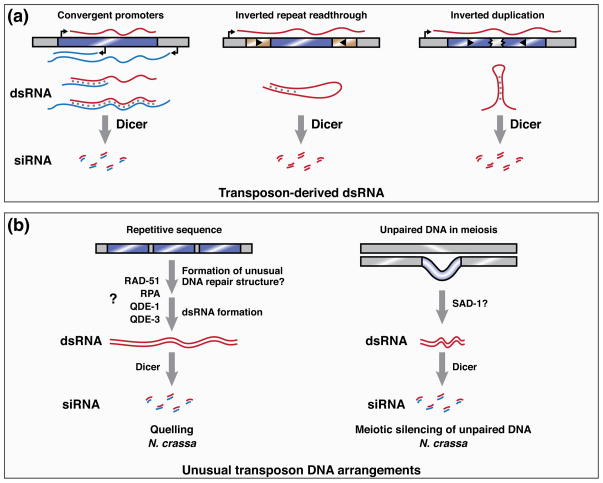Figure 1. Transposon features recognized by RNA silencing pathways.
A) Transposon-derived dsRNA provides a substrate for Dicer activity and thereby triggers endo-siRNA pathways. Double-stranded RNA can be generated intermolecularly by the action of convergent promoters encoded either by the transposon (blue bar) or by the host. Intramolecular dsRNA is generated from a single transposon when a transcript contains both of its inverted repeat sequences. Inverted duplications of transposons can also cause intramolecular dsRNA formation.
B) Unusual chromosomal arrangements of transposons allow their identification by genome defense pathways. In N. crassa, the quelling pathway (left) silences repetitive sequences. The mechanism by which these sequences are detected and used to template siRNA production is unclear, but may involve the formation of unusual DNA repair intermediates, because quelling requires proteins, such as RAD-51, that mediate homologous DNA recombination. Subsequent siRNA production requires QDE-1—a DNA- and RNA-dependent RNA polymerase—and its binding partners Replication protein A (RPA) and QDE-3. The meiotic silencing of unpaired DNA pathway (right) detects loci that lack a partner during homologous chromosome pairing in meiosis I. siRNA production from these loci requires SAD-1, an RdRP that is paralogous to QDE-1.

